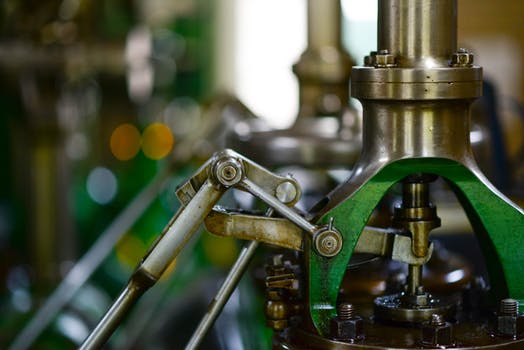Manufacturing starts with raw materials and parts and produces finished goods that are then sold in wholesale or retail markets. These can also be exported to other countries.
Manufacturing includes huge range of industries, from food to pharmaceuticals to steel to textiles and lumber, automotive, aerospace, and energy.
Manufacturing is one of the primary wealth creators in the American economy. It uses many different types of technologies and methods. It has two basic categories: durable and nondurable goods. Durable goods such as household appliances, automotive and machinery are used for a long periods of time. Nondurable goods are consumed quickly.
Manufacturing employs a large amount of labor force and produces materials for areas of strategic importance such as national infrastructure and defense. Manufacturing employs people of all skill and education levels. But a major challenge to American manufacturers is finding workers with the right set of skills and experience.
The 2015 Manufacturing Institute and Deloitte Skills Gap Study said that there is a talent shortage in advanced manufacturing in the U.S.A. that will occur over the next ten years. About 3.4 million new manufacturing jobs will likely be created. They also think 60% of these new positions will be unfilled due to the talent shortage. This means that the U.S. manufacturing sector is likely to suffer a shortfall of 2 million workers in the next ten years.
There are continuing advances in robotics which may alleviate some of these labor shortages, but it is unclear when robotics will increase its penetration into the manufacturing processes. It is unclear exactly when this will happen.
We are seeing some companies beginning to proactively recruit and train individuals for jobs that require specialized skills. Typically, these recruitment programs start early – often while the candidate is still in high school – and can take years before the potential employee becomes productive. But for some companies it is an effective way to attract skilled workers, while their competitors struggle with the labor problem.
Despite some bright areas, the environment for manufacturing in the United States is expected to continue to be challenging as factories are relocated outside the U.S.A. Overseas locations often have less expensive labor and materials costs. Technology that requires large capital investment allow large manufacturers to increase productivity and creates an additional challenge for smaller manufacturers.
Despite all these challenges, American manufacturing industry remains one of the world’s leaders and offers opportunities for those that can plan well and adapt.



